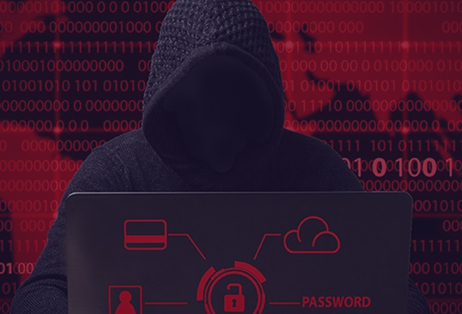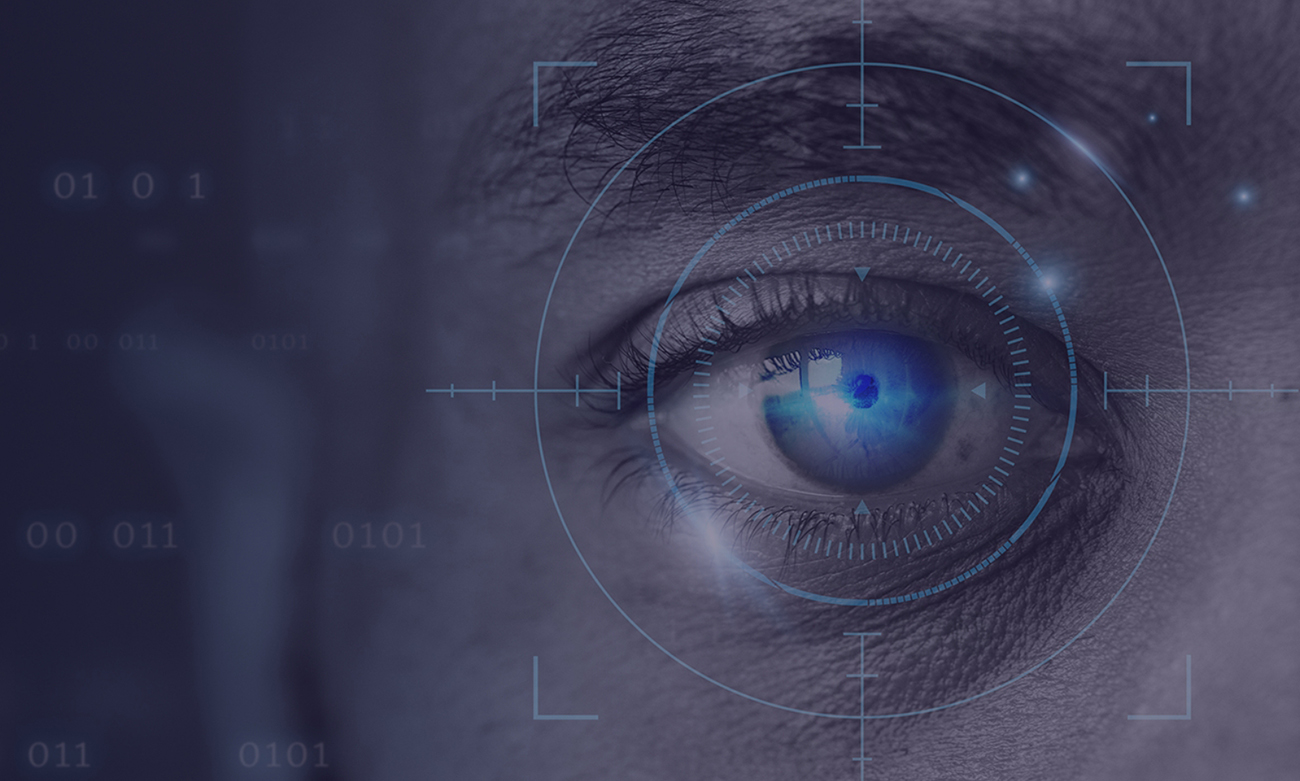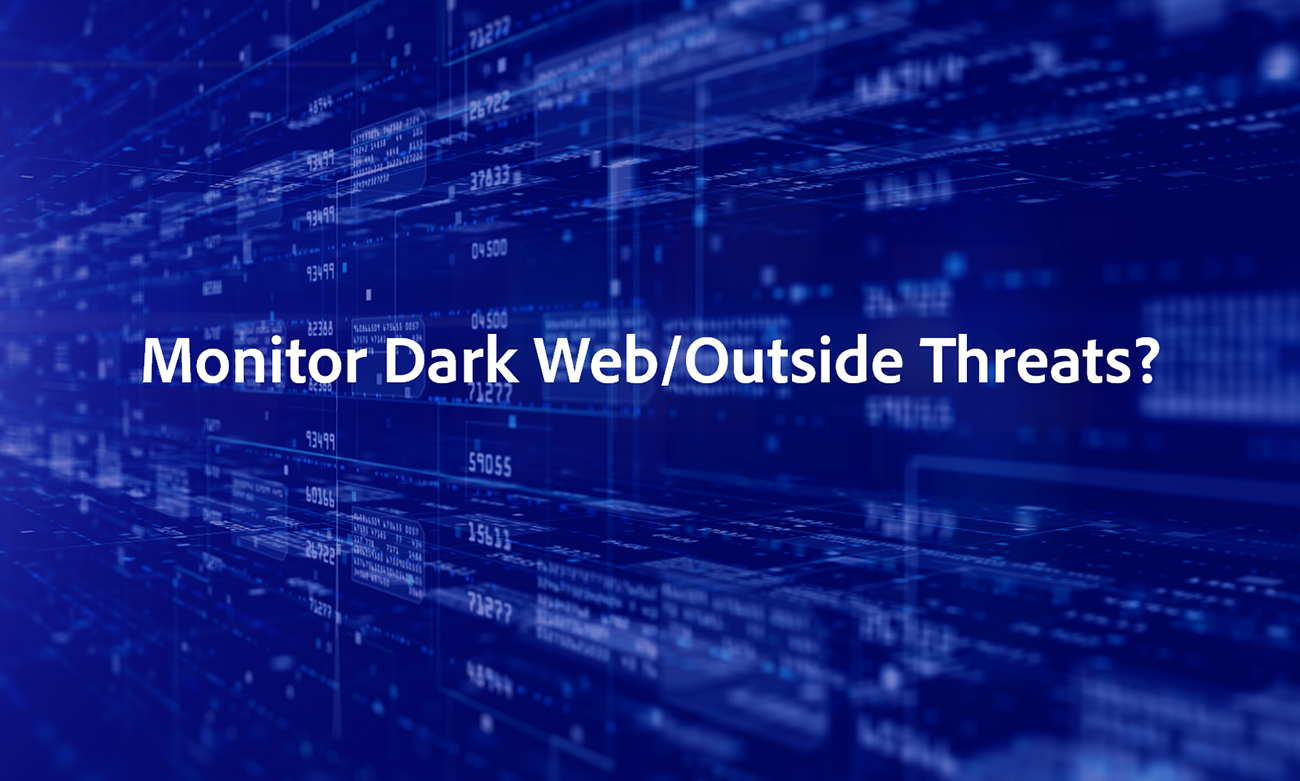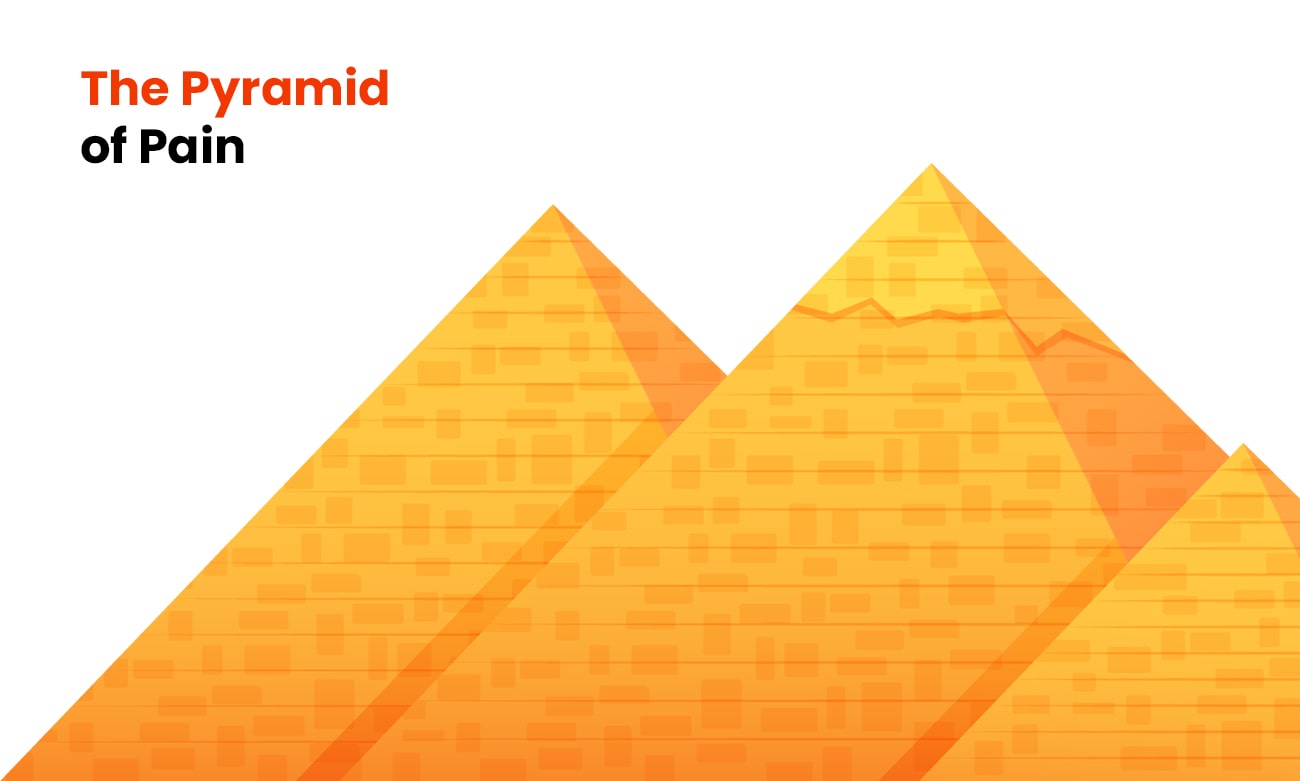What is Dark Web?
The dark web is a section of the Internet that can only be accessed through special software, allowing users and website owners to remain anonymous or untraceable.
Definition of Dark Web?
The dark web is a section of the Internet that can only be accessed through darknets. Small peer-to-peer or friend-to-friend networks, as well as major networks like Tor and I2P run by organizations and people, are examples of darknets.
The Tor network concentrates on enabling anonymous Internet access, while I2P specializes in anonymous website hosting. The identities and whereabouts of users are anonymized using a multilayer encryption system and onion routing, a traffic anonymization technology.
To secure the user’s identity and ensure anonymity, dark web networks transit user data through a large number of intermediate servers. Only the next node in the scheme, which leads to the exit node, can decrypt the transmitted information.
What is on the Dark Web?
Websites can’t trace users’ geolocation or IP address because of the dark web’s encryption. This information about website hosts is also unavailable to users. Users can speak, blog, transact, and share data in a secure environment.
As a result, the dark web has become a magnet for both sinister criminal activities and innocent stuff like complicated cryptographic puzzles or cat videos that can be found on the surface web.

Is the Dark Web safe?
Like most things, it depends. Here are some cybersecurity issues you should consider:
- Remote administration tools: Websites on the dark web may attempt to install a remote administration tool (RAT) on your device, which might result in camera hijacking or computer control.
- Malware: Just like the surface web, websites on the dark web may try to infect your computer with malware or ransomware like WannaCry. Never download anything from a website you don’t trust, just like on the surface web.
- Hackers: Because of its inherent anonymity, the dark web draws hackers; some are looking for work, while others may try to obtain access to your device.
- Phishing scams: Phishing via cloned websites and other scam sites is rampant, with darknet marketplace clones (such as Silk Road clones) being marketed with phony URLs in order to steal Bitcoin or other cryptocurrencies.
- Suspicious links: Clicking on any link might send you someplace you don’t want to go, download a file, or give you access to anything unlawful.
- Breaking the law: While the dark web tries to remain anonymous, there are still methods to be detected and penalized for unlawful behavior. You risk getting into legal problems if you’re in the presence of illicit substances or content. An unintentional click or plain curiosity may not be enough of a deterrent.
- Element of crime: Just because something is for sale does not guarantee that it will be delivered to you. Many dark web sites are designed to take your cryptocurrencies rather than provide you what you paid for.

Who uses the Dark Web?
Because of the dark web’s intrinsic anonymity, many various groups of individuals have turned to it for illicit activities, cybercrime, and other hidden services including guns trading, child forums, and terrorist forums, as well as law enforcement agencies like the FBI and NSA.
But whistleblowers, journalists, political demonstrators, anti-censorship advocacy groups, inhabitants of repressive political regimes, and news organizations that need to communicate anonymously due to fear of negative repercussions are all protected under the law.
How to access the Dark Web?
It’s not as difficult as you would imagine to gain access to the dark web. All you have to do is install a dark web browser such as Tor i.e., free, open-source software designed for anonymous communication. It works like a standard browser once installed: you put in a URL and are directed to a website. There are websites that aggregate links to dark web websites, such as The Hidden Wiki, but they are not as sophisticated as traditional search engines and frequently link to the Internet’s dark side, such as sites that hijack your webcam, install malware, attempt phishing scams, or cause other cybersecurity issues.
Understanding the basics about these areas of the internet will assist you in providing practical and honest support to people if you are worried about their use.
Why organizations should fear about the Darkweb?
The Internet has the potential to be a dangerous place. The risks are many, with phishing, malware, and a seemingly never-ending list of frauds. However, there is a deeper area of the internet into which few dare to walk that can have far-reaching and severe consequences for your business: the dark web.
So, what does the dark web represent for firms that don’t want to trade weapons or need to post material away from authoritarian regimes’ prying eyes? Companies must be cautious of their exposure to the dark web even if they have no direct involvement with it. Hacker markets provide a venue for cyber-criminals to sell exposed customer data, while posts on dark web forums routinely hint to conspiracies to perform ransomware or denial-of-service (‘DDOS’) assaults.
What can they do to protect
their corporate assets?
The fact that you might not realize your data has been taken makes the dark web extremely dangerous for business owners, CEOs, and other industry leaders. According to a Threat Post article, a hack led in the release and sale of 26 million accounts on the dark web. After a hack of 33 million accounts in 2014, the data was allegedly stolen. For industry executives, the terrifying fact is that your data may be for sale on the dark web right now, and you wouldn’t even know it. That’s why keeping an eye on the dark web is still a top priority.

Dark Web Monitoring software is used to find references of their company on deep web and dark web forums and marketplaces, especially any instances of compromised corporate data being unlawfully shared or sold.
A product must meet the following criteria to be considered for inclusion in the Dark Web Monitoring tools category:
- Automate the search of dark web forums and markets for references of the firm name, employee data, customer data, and other keywords.
- Provide threat analysis tools, such as historical threat data, threat location data, threat actors’ identities, relationships, URLs, and other pertinent information for conducting additional investigations.
- When a compromised company or other specified information is discovered on the dark web, provide real-time warnings.
We have got all the required features in our one and only, watchOUT –
watchOUT is a SaaS platform for customers to detect external threats, stolen data and take preemptive actions before it causes any damage to the company.
- Darkweb Monitoring in Real Time
- External Threat Sources and Actor Detection
- Continuous Attack Surface Management
- Risk Rating & Mitigation
watchOUT gives you a hacker’s view of your organizations’ digital perimeter. It maps your external facing digital infrastructure with publicly available social data and threat data, threat sources & actors brewing in Darkweb and provides threat intelligence to protect your corporate assets.





Leave a comment: